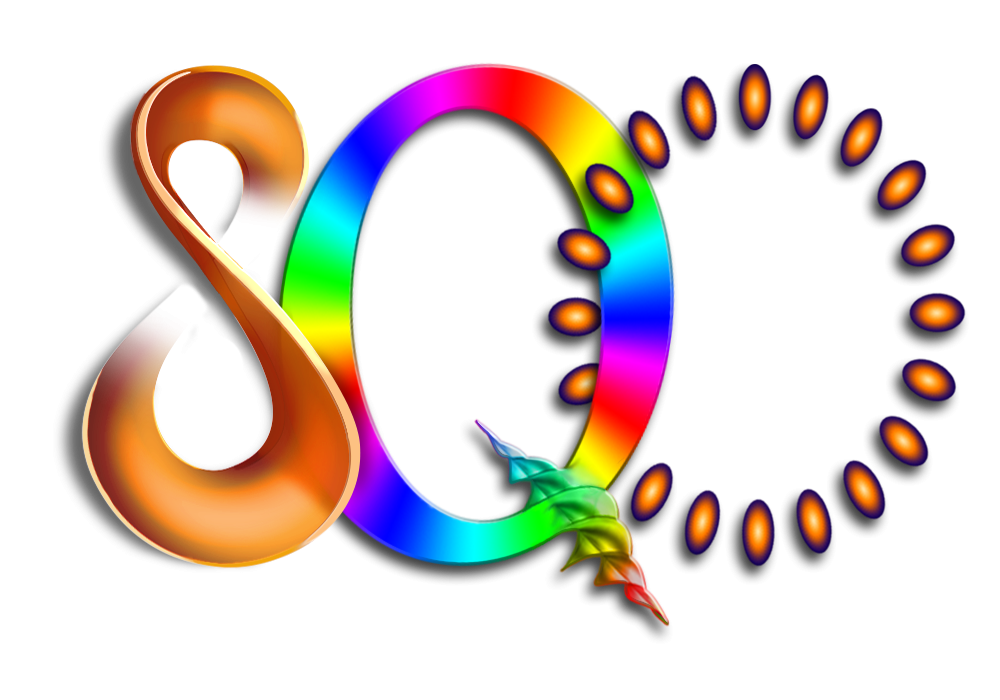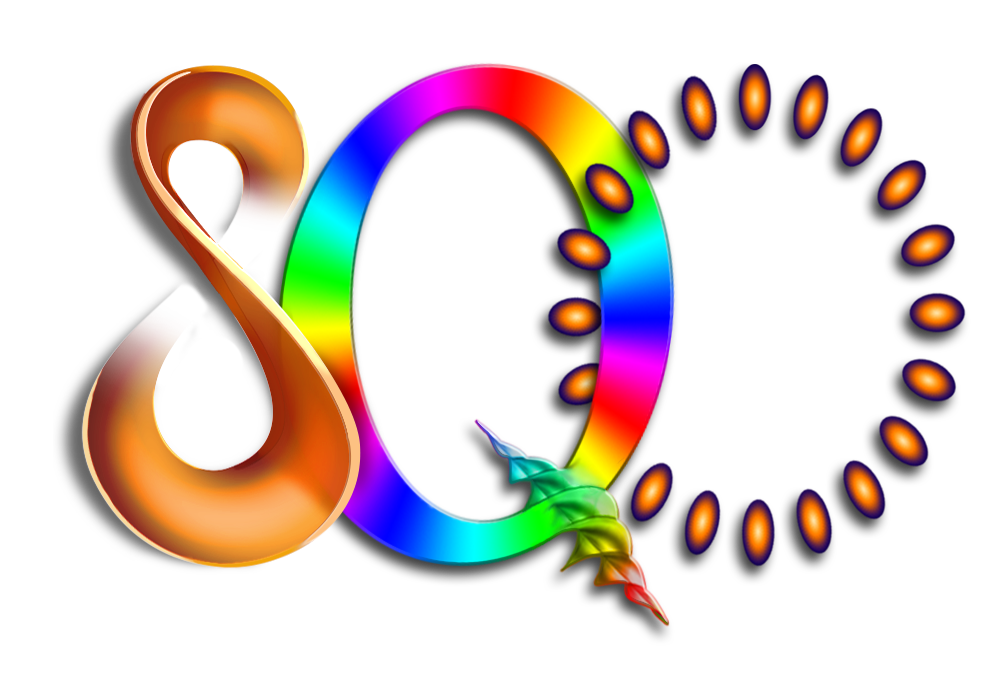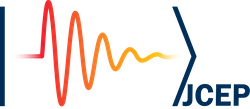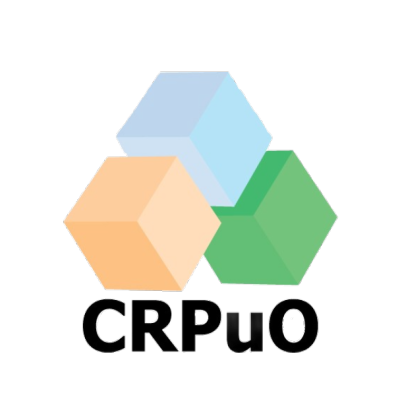LabView Code for Generating Arbitrary Optical Beams
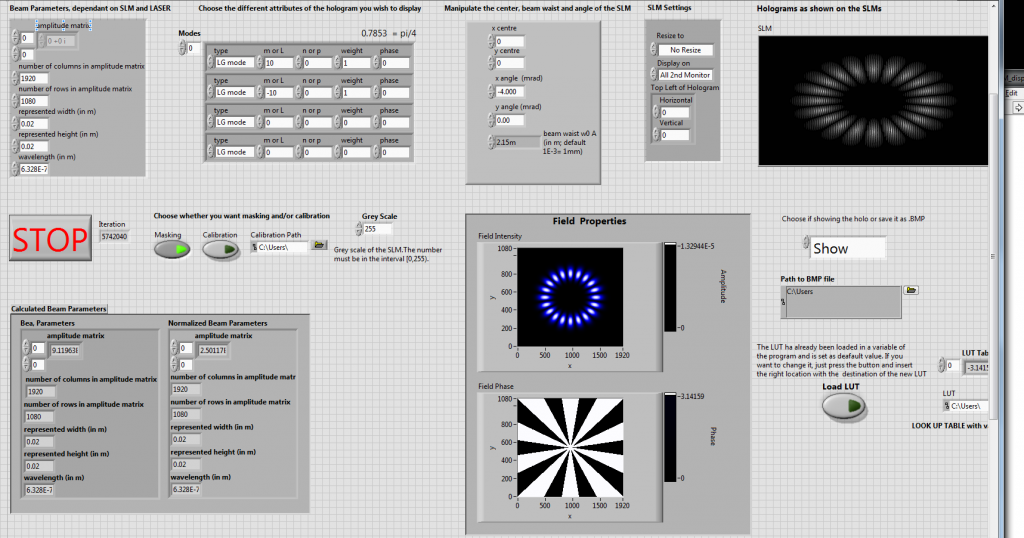
Related publication
- Test of mutually unbiased bases for six-dimensional photonic quantum systems, Scientific Reports 3, 2726 (2013).
- Exact solution to simultaneous intensity and phase encryption with a single phase-only hologram, Optics Letters 38, 3546 (2013).
Quantum Optics Mathematica Package
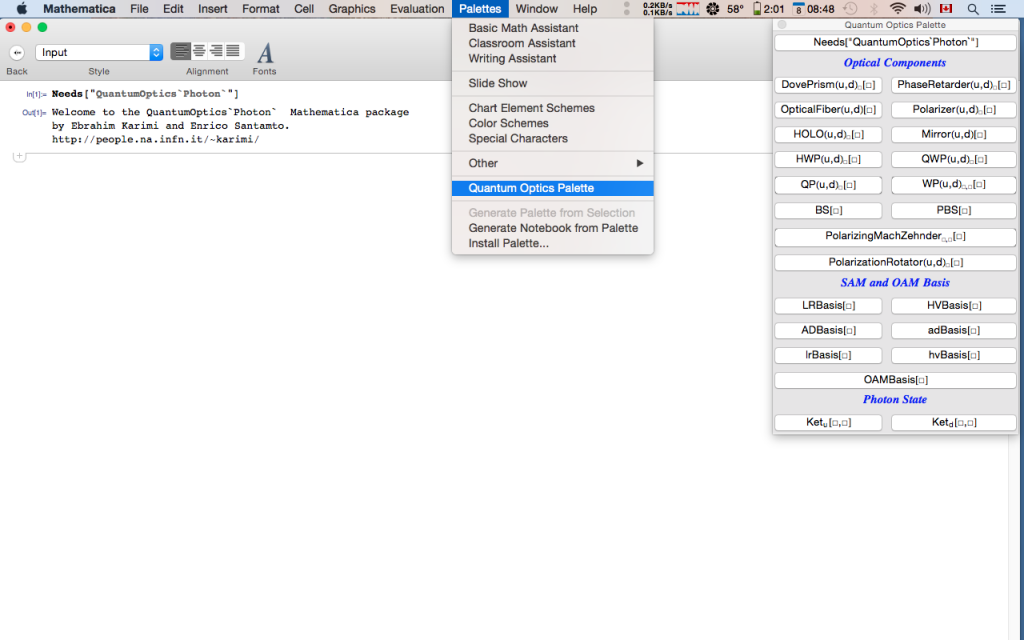
This package is built to manipulate the spin angular momentum (SAM) and orbital angular momentum (OAM) of light with optical components such as: Wave-Plates (WP), Beam Splitter (BS), Polarizing Beam Splitter (PBS), Q-Plate (QP), Pitch-Fork Hologram (HOLO), Mirror (M), Optical Fiber (OF), Dove Prism (DP), and Mach-Zehnder Interferometer (MZ). The photon state in our package has been considered as a Ket p[s,m], where p is the photon linear momentum and can takes two values of u and d associated to the beam which is going up and down. s is the photon polarization state and can takes any superposition of the six values of {H,V,L,R,A,D} correspond to Horizontal, Vertical, Left-circular, Right-circular, Anti-diagonal and Diagonal polarization states, respectively.
Finally m = {…,-2, -1, 0, 1, 2, …} is the orbital angular momentum of the photon.
The beta-version of the Quantum Optics Mathematica package is available for download via this page.
In order to install the package follow the below steps:
- Download the beta-version of the package.
- Unzip it.
- Put the unzip folder inside the Applications folder of your $UserBaseDirectory, i.e. $UserBaseDirectory/Applications of your PC. You must then run Mathematica and type $UserBaseDirectory, then press Shift+Enter.
- Close Mathematica program.
- Lunch Mathematica again, and go to palette on the side bar and look for the Quantum Optics Palette (see the image).
- In order to load the package just run the first bottom, i.e. Needs[“QuantumOptics`Photon”].
- Enjoy!
Here find useful examples of the package elements.
This package has been created by Prof. Ebrahim Karimi and Prof. Enrico Santamato. Using and publishing this package for non-commercial purposes is free. However, users should address the package in case of scientific researches.
